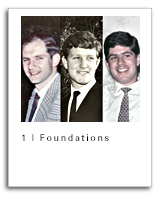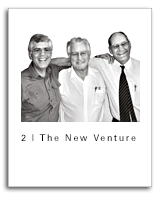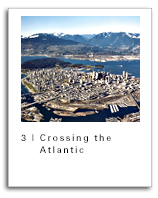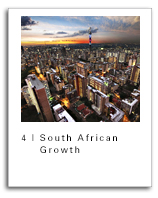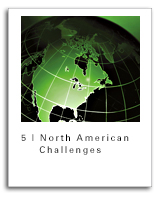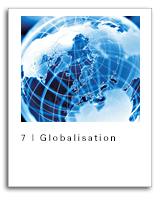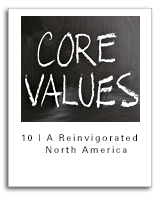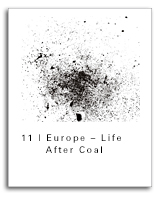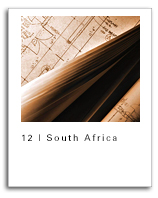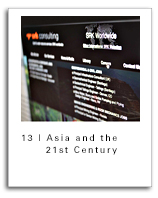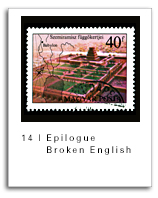-
Tjänster
Utvärdering Av Gruvprojekt
Mineralprospektering
- Målsättning Av Mineralprospektering
- Fjärranalys Och Geofysik
- Prospekteringsgeokemi
- Strukturanalys På Fält
- Mineralprospekterings Projektplanering
- Prospekteringsprovtagning, Analys Och QA/QC
- Mineralprospekterings Fälttjänster
- Prospekteringsverksamhetens Hälsa Och Säkerhet
- Värdering av mineraltillgångar
Miljö och socialt ansvar
- Gruvdräneringskemi
- Sanering av mark och grundvatten
- Miljömässig Och Samhällelig Konsekvensanalys
- Redovisning av koldioxidutsläpp
- Konsultation För Intressenter Och Samhälleligt Engagemang
- Gruvrelaterad Planering Av Miljömässig Och Social Hantering
- Elektrifiering av transporter i dagbrott
- Klimatförändring
- Ny Bosättning Och Försörjning
- Miljötillstånd
- Kärnkraftsplatssäkerhet
Geologi Och Resurser
Gruvteknik
Vattenförvaltning
Gruv- Och Geoteknik
Gruva Stängning
Hantering Av Gruvavfall
Extraktiv Metallurgi- Och Mineralteknik
Byggnads- Och Konstruktionsteknik
Strukturgeologi
Mineraltillgångsuppskattning
Operativt Stöd För Gruva
Gruvventilation
Grundvatten
Ytvatten
Vattenkvalitet Och Behandling
- Konsulter
- Projekt
- Produkter
-
Kunskapscenter
- Nyheter och Evenemang


